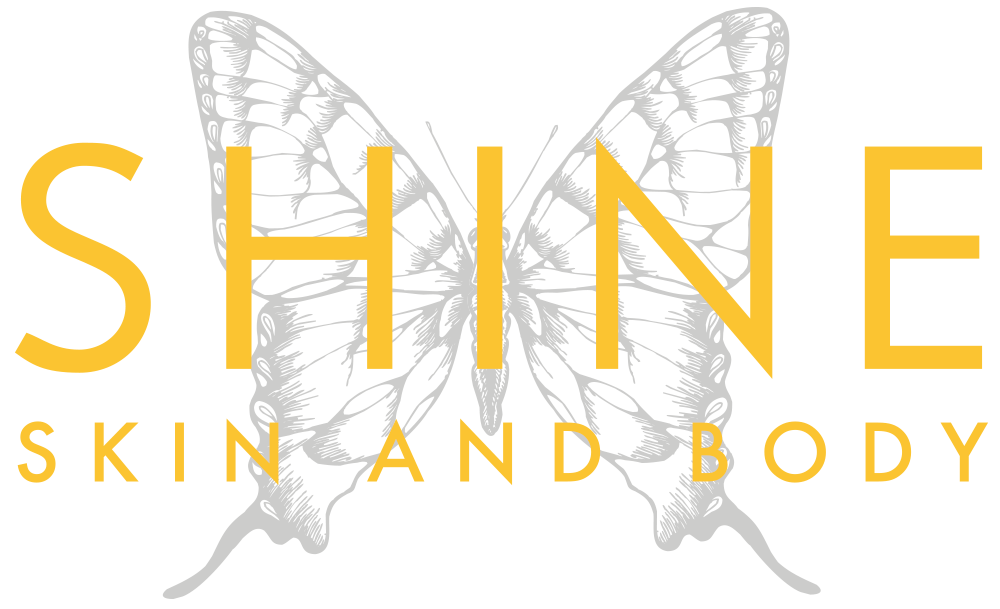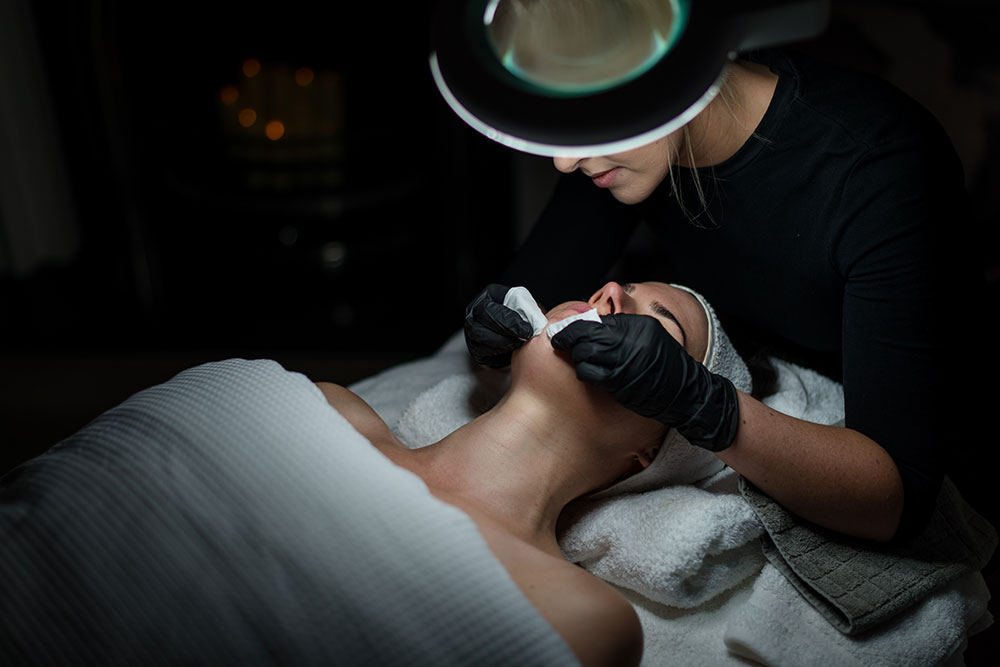acne advice, acne solutions page, acne treatments, as seen in page, Blog, extraction facial, facials, Facials, In the Press, News, skincare for acne
Why we don’t use tools with our extractions.
Melbourne Facialist Makes a Case for Manual-Only Extractions as the Best Means to Decongest the Skin.
Melbourne Facialist Makes a Case for Manual-Only Extractions as the Best Means to Decongest the Skin
Sheridan Rollard of Shine Skin & Body in Melbourne is a manual extractions specialist. Hannah Gay caught up with the business owner and skin therapist to understand the method’s benefits over peels and tool-use.
Specialising in extractions
Your website reads: “Welcome to Shine Skin and Body, where extraction facials are not just a treatment – they are our masterpiece.” What does this mean to you?
“At Shine Skin and Body, extraction facials are a core part of what we do. In Australia, extractions are not very common and are challenging to master. We’ve invested a lot of time honing this technique, making us one of the best in the country.
Over the years, our methods and knowledge have evolved, allowing us to treat all grades of acne effectively. We’re always striving to push the limits of what can be achieved safely in a facial treatment, ensuring our clients get the best care and results possible.”
List the extraction-inclusive services you offer at Shine.
“All of our facials include manual extractions if needed, except for IPL treatments. Our newest and increasingly popular service is the Carbon Blackhead Removal Facial. This treatment involves applying carbon and using a 1064 q-switch laser, combined with our renowned extraction technique.
Initially, we found that clients were breaking out after the carbon facial because the carbon attaches to oil and congestion in the pores, loosening it but not removing it. This caused purging as the impurities were stirred up but not extracted. Once we incorporated extractions, the results have been outstanding.
In all our facials, we perform as many extractions as needed, from a few minutes clearing some blackheads on the nose to up to 40 minutes for very congested skin, even up to grade 4 acne.”
When to perform extractions
Who is an ideal candidate for facial extractions?
“Anyone can benefit from extractions! Whether you have a few pesky blackheads on your nose or are dealing with Grade 4 acne, extractions can help. Our facials are customised to each client’s needs.
If there isn’t much to extract, we focus on other treatments like extended massages, LED therapy, or hydrating masks. We can also perform extractions on aging, rosacea, and sensitive skin types.”
Who is not an ideal candidate for facial extractions?
“While extractions can benefit many, we always prioritise the health of the skin barrier first. Clients with very dry or impaired skin may not be ideal candidates, as extractions can lead to poor healing and scarring. In these cases, we educate our clients about realistic expectations and emphasise that their skin health comes first, then we go slow.”
“Clients with very dry or impaired skin may not be ideal candidates, as extractions can lead to poor healing and scarring.”
Why manual extractions?
Are manual extractions better at treating congested skin compared to peels and microdermabrasion? Why/why not?
“Many clients come to us after trying peels or microdermabrasion elsewhere to clear their acne. While these treatments can help to some extent, fully clearing the pores is essential for achieving great results. As we discovered while trialling The Carbon Facial, treatments like peels and microdermabrasion can aid in exfoliation, reducing hyperkeratinisation, and smoothing the skin. But they cannot remove milia or extract congested oil from the pores. This is where manual extractions are crucial; they physically push out the congestion to clear the pores.
BHA peels work better than surface exfoliations, but the downtime from dryness can be too much for some clients. Extractions, on the other hand, directly address the root of the congestion, making them more effective for treating clogged skin.”
I understand all extraction services are 100% manual. Why have you opted not to use tools?
“I have experience working with tools and alongside therapists who use them, but I find them too harsh. It’s difficult to gauge pressure with tools, even for skilled professionals, and this can lead to marks on the skin and post-inflammatory hyperpigmentation (PIH).
When I started learning extractions, I preferred using my hands because it allowed me to feel more and control the pressure better, ensuring a gentler and more effective treatment. And now I train our team in manual extractions and we pride ourselves on the results we get.”
“It’s difficult to gauge pressure with tools, even for skilled professionals, and this can lead to marks on the skin and post-inflammatory hyperpigmentation (PIH).”
Training in extractions
Have you undertaken any specialised training to master your extraction technique? Explain.
“No, my expertise in extractions is self-taught. In my first job back in 1999, I had the privilege of working with an incredible mentor, Natalie, who owned the salon. At that time, extractions were more common and Natalie taught me the basics. I instantly loved doing them. Over the years, I refined my technique through trial and error, learning from the results and feedback from clients. My passion for extractions led to attracting more clients, and it was immensely satisfying to see the improvements in their skin.
When I opened Shine Skin and Body in 2012, it was a general beauty salon. However, after a few bloggers wrote about our extraction facials, the demand surged, and we now specialise exclusively in facials, primarily due to the high demand for our extraction services.”
Do you have a set structure in which you provide training to your staff, around all treatments offered?
“Yes, all our staff undergo an induction process that lasts between three and seven months, depending on their experience. This comprehensive program includes skin knowledge, internal health and practical training. While I handle the majority of the training and mentoring, we also utilise excellent trainers and industry partners for both online and in-person sessions.
Training a staff member in extractions takes about three months. During this time, they begin working with clients and refining their technique. We consistently check in on their pressure and technique to ensure quality. This investment in training is why our clients love us – it’s a specialised treatment that we prioritise for both our staff and clients.
Additionally, our training includes in-depth theory on topics such as 5-alpha reductase inhibitors, the roles of oestrogen, testosterone, DHT, diet, digestion, makeup, and skincare ingredients. Acne is a complex issue, and we equip our staff with extensive knowledge to address it effectively.”
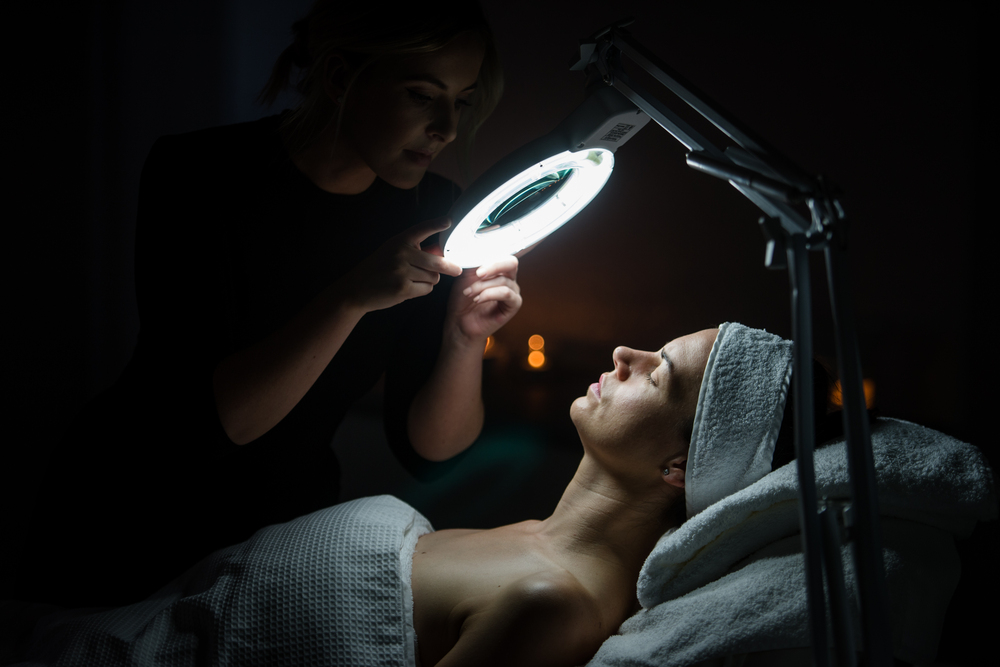
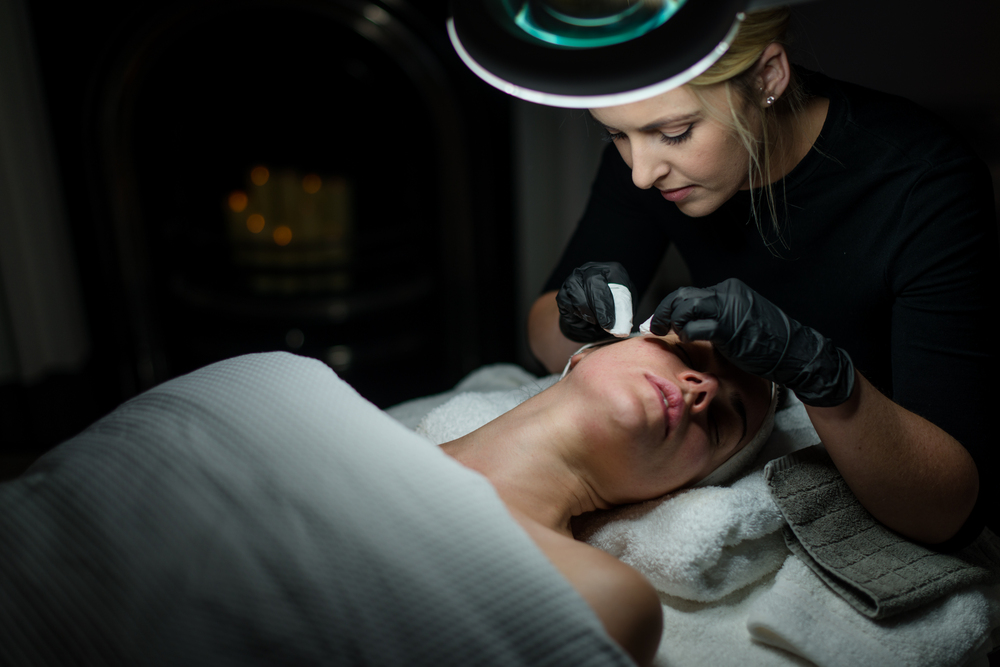
Education, social media, and extractions
In the many years you’ve spent in this industry, have you noticed any prominent trends emerge around the condition of your clients’ skin? Are extraction services more or less popular than they were in the past?
“Extraction facials are more popular than ever. Unfortunately, exposure to trends promoted by unqualified individuals on platforms like TikTok, coupled with poor diets, mental health challenges, and the romanticisation of medications like Roaccutane, has led to an increase in acne cases.
Fortunately, more people are also becoming aware of alternative skincare options and seeking out specialised care from professionals like us, rather than relying solely on doctors and dermatologists.
The Australian beauty market is evolving. What used to be a clear divide between beauty salons and dermatologists is now merging into skin clinics and dermatologists offering comprehensive skin treatments. This gives clients more options than ever before, which is a fantastic development.

However, social media trends can make it challenging for skin therapists. Clients often seek skincare products based on aesthetics or celebrity endorsements rather than efficacy. At Shine Skin and Body, we believe in the importance of education and simplicity. We emphasise starting with a good cleanser and moisturiser suited to your skin type and then building from there.
While invasive treatments might seem appealing for quick results, consistent facials and homecare routines are far more effective in the long run. Some clients may find this approach less exciting, but establishing these basic habits is crucial. Unfortunately, many clients only realise this after damaging their skin with quick-fix solutions and then they come to us for help.
In Australia, extraction facials are relatively rare, which is why we’re so busy. This scarcity could be because extractions aren’t extensively taught in beauty schools. They might cover it briefly, but mastering the technique involves many nuances and can easily lead to scarring if done incorrectly. It also takes time to train staff properly, and many salon owners prefer their staff to perform treatments quickly, which isn’t feasible with extractions.
Extraction facials are very popular overseas, and as a result, we have a diverse, multicultural clientele who appreciate our expertise in this area.”
